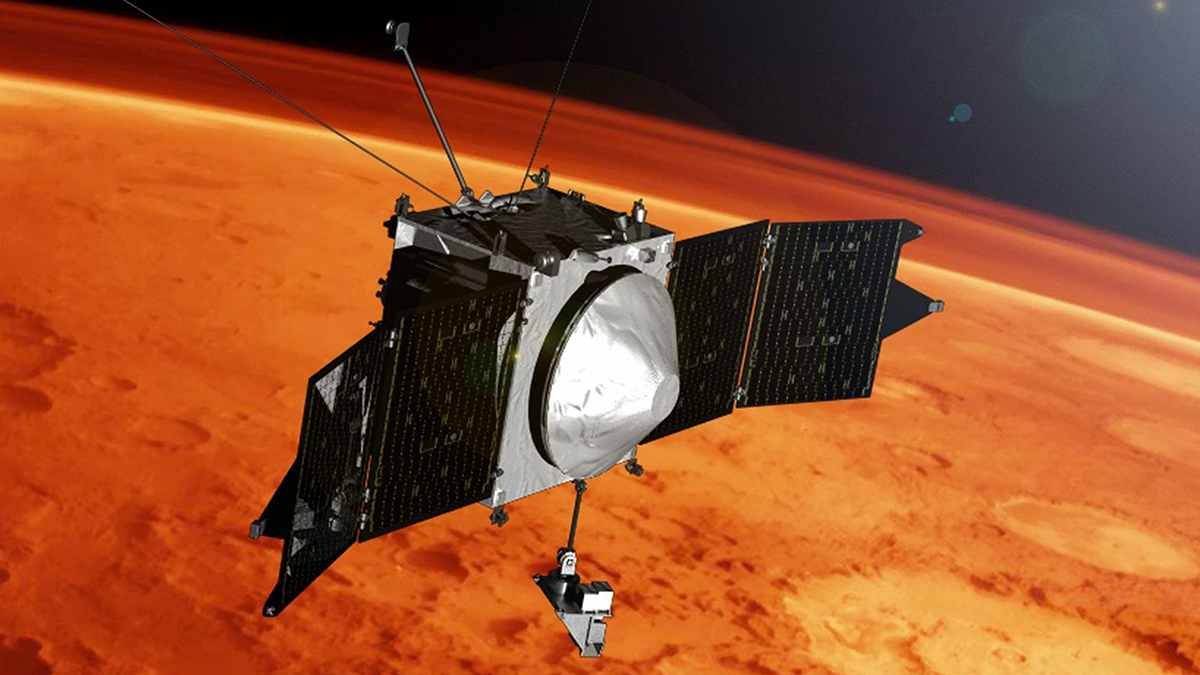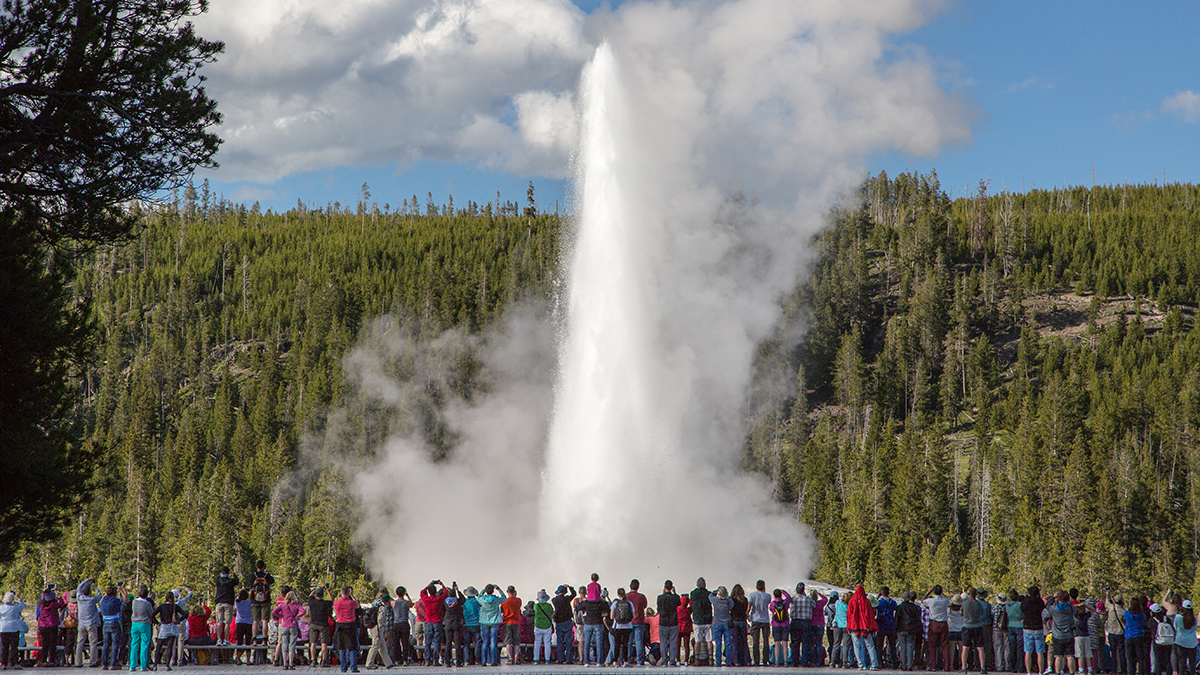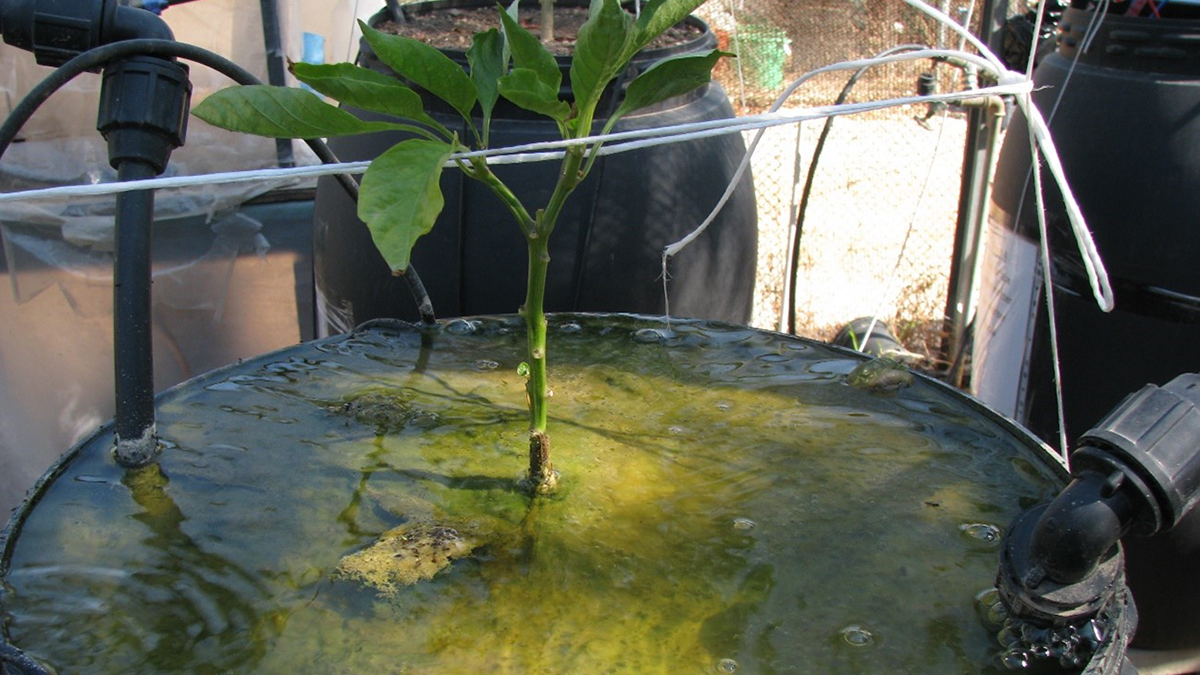Nearly a decade’s worth of data went into the first direct observation of sputtering on Mars, which researchers believe contributed to the loss of the Red Planet’s atmosphere.
pressure
Verifying the Mathematics Behind Ocean Modeling
A series of test cases designed to confirm the accuracy of ocean models could help improve our understanding of large-scale climate processes.
Steamy Bubbles May Control Old Faithful’s Clock
Scientists built a minigeyser to show why the natural wonder’s water surges so violently between eruptions.
El estallido de burbujas acelera el deshielo de los glaciares
Tener en cuenta el efecto burbuja podría mejorar las estimaciones sobre el deshielo de los glaciares submarinos y prever mejor su contracción a medida que se calientan los océanos.
Popping Bubbles Make Glaciers Melt Faster
Accounting for the newfound bubble effect could improve estimates of how sea-terminating glaciers melt underwater—and better anticipate their shrinkage as oceans warm.
Air Flow Dynamics in Wet Soils: Challenges and Knowledge Gaps
Modeling air flow in wet porous media relies on quantifying the combined role of fluid and media properties and flow dynamics on the microscale displacement mechanisms and macroscale unstable flow.
La presión del océano profundo tiene un aplastante impacto en el ciclo del carbono
La presión extrema que existe en el mar profundo reduce el apetito de los microorganismos por carbono orgánico. Este hallazgo podría tener implicaciones importantes en la geoingeniería y el balance de carbono global.
Hydrogen May Push Some Exoplanets off a Cliff
High-pressure reactions of hydrogen and iron could explain gaps in the distribution of exoplanets.
El hierro está en el centro de este debate de las ciencias de la Tierra
Un nuevo estudio investiga el estado del hierro en el interior del planeta. Los hallazgos tienen repercusiones para comprender la estructura del núcleo interno.
Iron Is at the Core of This Earth Science Debate
A new study investigates iron’s form at the planet’s interior. The findings have repercussions for understanding the inner core’s structure.










